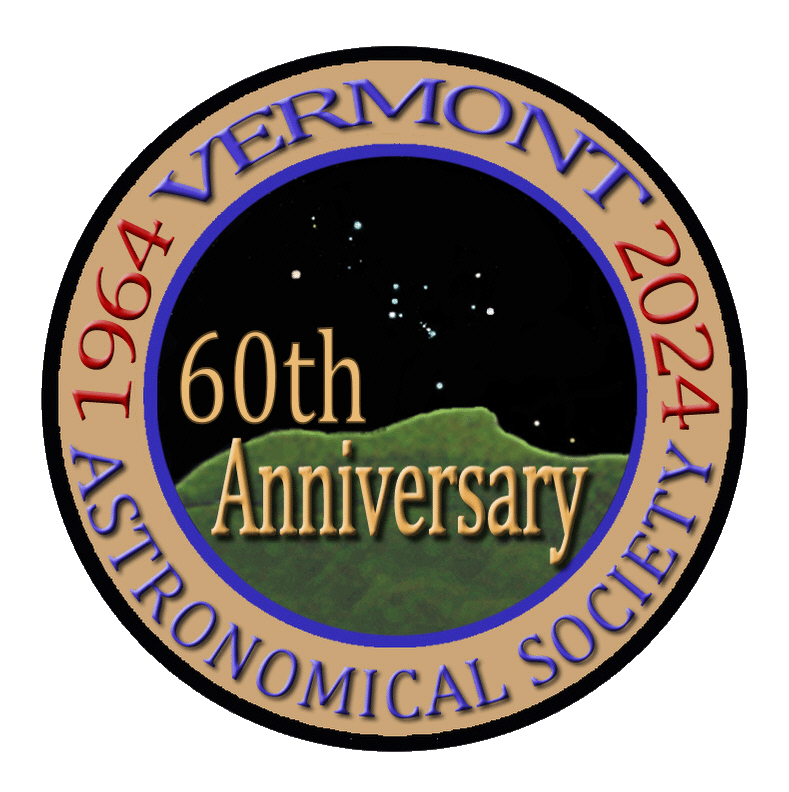By Gary T. Nowak
It is not a well known fact that the inner Solar System contains a vast cloud of dust and small particles of rocks. This cloud is concentrated near the plane of the ecliptic and towards the Sun. Space craft data has indicated that the interplanetary cloud extends well beyond the orbit of Mars but rapidly fades away in the vicinity of the Asteroid Belt.
This Interplanetary Dust Cloud moves in orbits about the Sun. The dust particles also interact with themselves and are affected by the Solar Wind. One would surmise that a large cloud of dust located relative near to the Earth would be observable. This surmise is correct. The surprising thing about observing this dust cloud is you don’t need a telescope or binoculars only your unaided eye.
To a watcher of the night sky the most obvious and noticeable aspect of this dust cloud is the appearance of a bright meteor. This article will not cover meteors but the observations of the actual dust cloud. This dust cloud is observable by the fact that sunlight scattered by the dust cloud appears as a faint glow in the area of the Ecliptic and near the vicinity of the Sun. These faint glows are known as the Zodiacal Light and the Gegenschein.
The Zodiacal Light
The Zodiacal Light is the brighter of the 2 glows. The Zodiacal Light is sometimes known as “False Dawn”. This glow always follows the Ecliptic and is brightest nearest the Sun. To see the Zodiacal Light from our area, the Ecliptic must make a steep angle relative to the horizon. In our area the optimum time occurs in the evening sky near the Spring Equinox and in the morning sky near the Autumn Equinox. The optimum months for observation of the Zodiacal Light occurs in the Western evening sky in Feb. and Mar. The Zodiacal Light is brightest just after the end of evening astronomical twilight. The Zodiacal Light usually appears as a large isosceles triangle of soft white light which is brightest at the base. The Zodiacal Light is always centered on the Ecliptic and follows the Zodiac Band. The Zodiacal Light is as bright as the Milky Way and can extend up to 60 – 70 degrees above the horizon. Any moonlight, haze, clouds or light pollution will wash out the view of this phenomenon. The author has seen the Zodiacal Light many times from the club’s observatory in both skies (evening and morning).
The Gegenschein
The Gegenschein or “counter glow” is an extremely tough object to observe. The Gegenschein is an extremely faint glow of sunlight reflected of the dust cloud 180 degrees away from the Sun or at the “Anti – Solar Point”. For our area the Gegenschein is best seen around midnight and when the Anti – Solar Point is highest in the sky. One must avoid interference from bright stars, planets, or the Milky Way. The night sky must be clear, dark, and transparent. The best time to try for the Gegenschein is in the winter months of Jan. – Feb. when the glow is in the Constellation of Cancer. The Gegenschein appears much fainter than the Zodiacal Light; a little dimmer than the dimmest parts of the Winter Milky Way. The Gegenschein appears somewhat as a faint dull semi – circle glow about 10 – 15 degrees across. There is no color associated with the Gegenschein. The author has seen the Gegenschein once or twice but not at the club observatory. This is an extremely tough challenging object to observe. Very few observers have ever glimpsed it.
Recording the images of these two glows would be a credit to the skill of any astro-imager. I hope in the near future that good images of these two glows will appear on our club website.
